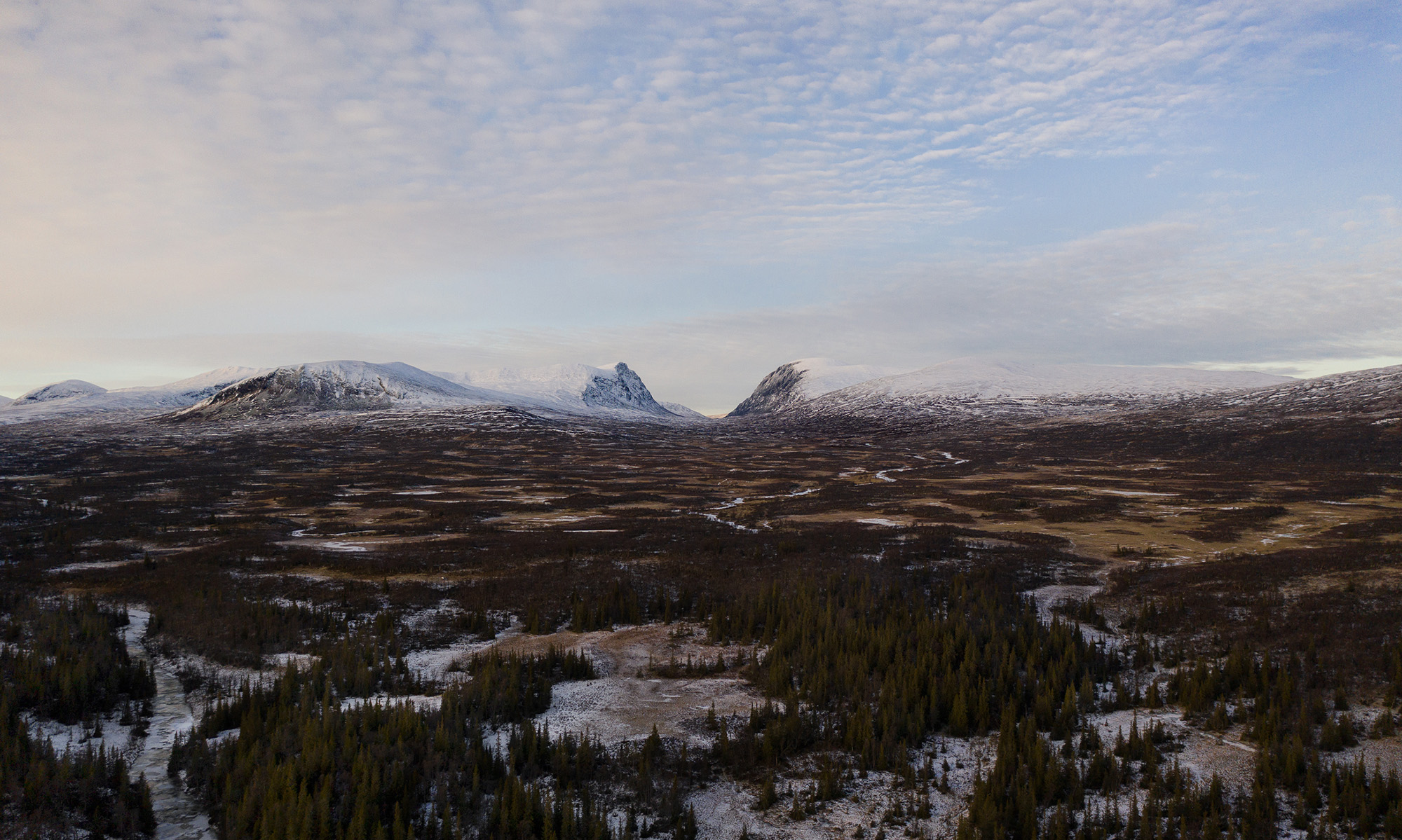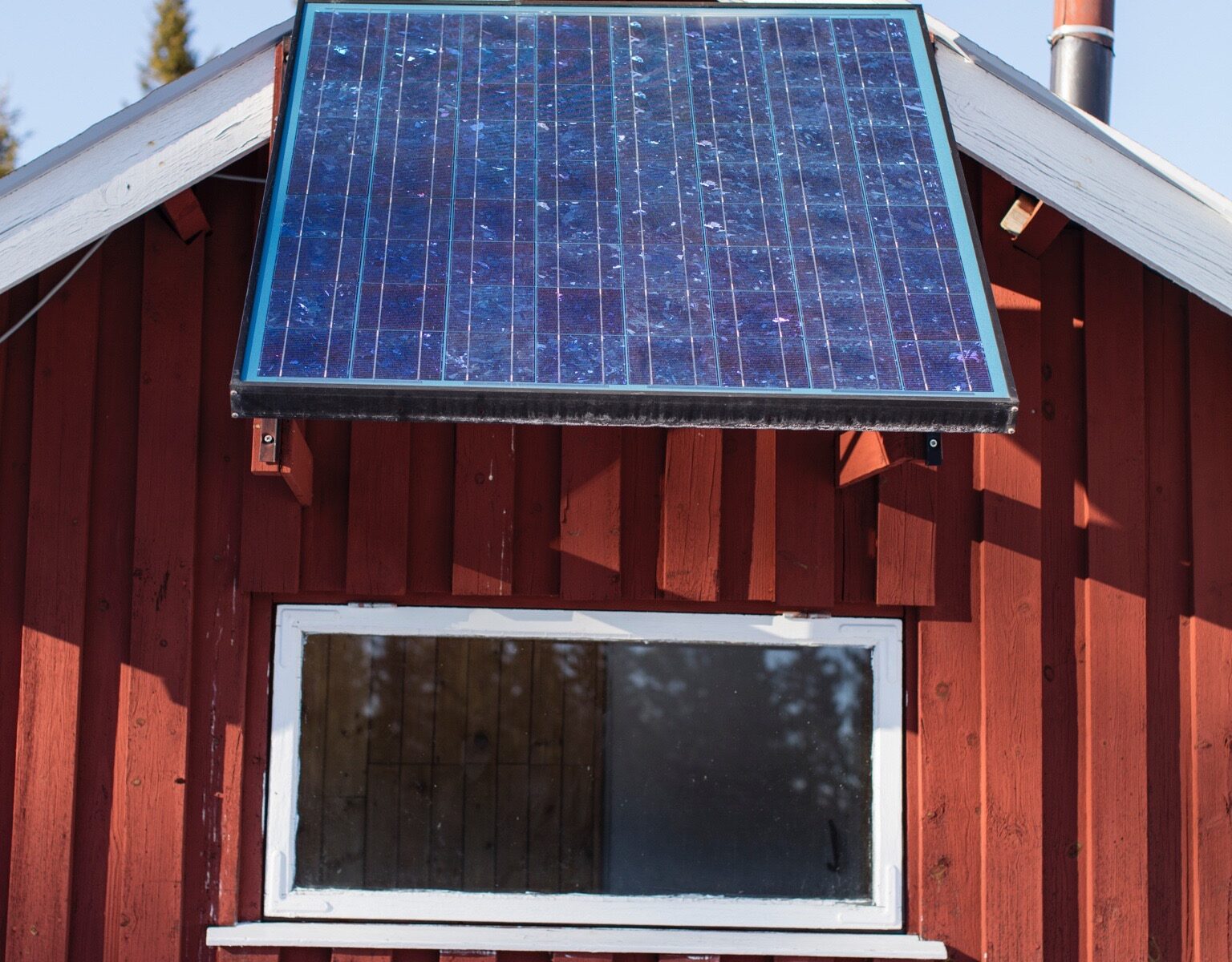Time runs really fast in the wilderness and now we have been living “off grid” since March 2020. It’s 13 months in challenging conditions and we are Still alive ;-). The question is: what have we learned and how are we going to live further with these challenges ?
Access to electricity is just natural for many people in the western world as access to water , so you probably wonder how we manage living without permanent electricity and not connected to the local grid network?
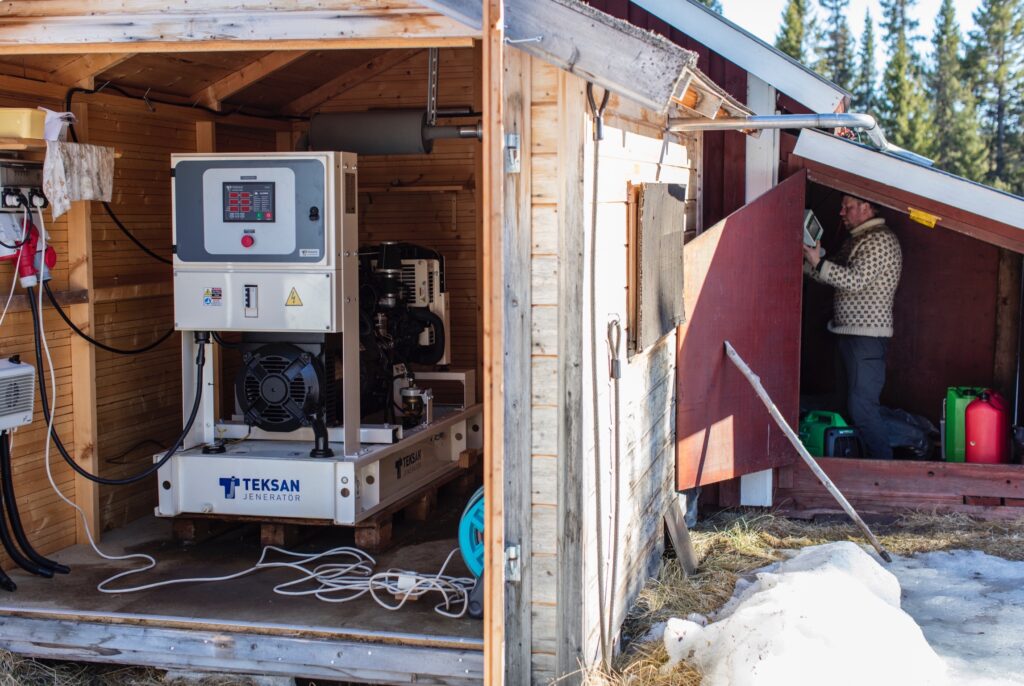
As we told before, living “off grid” was not our intention, but the reality is a result of unfair behaviour and mindset of the local energy company, who owns the grid and has the monopoly on distribution of electricity on the local market. You can read more about the conflict in our previous blog. But the fact is that the conflict is still ongoing and after almost two years of courts we now wait for the decision from the Swedish court of appeal. Even if the Swedish Energy Market Inspection ( a government authority who regulates prices on energy market) will win and defend our rights as customers, the energy company has many options to delay their work on connection our property to the grid. The company, 36 % of which is owned by the state, can just even deny to provide service to us. Remember that we live in the real “Wild West “ of Sweden, where access to grid electricity is not a human right. So we can’t rely on that company and wait years for the distributed electricity. In our daily work we have to use computers, mobile internet router and other equipment running on electricity, so we use what we can afford at the moment, hoping for the better times.
Present Reality – Basic “office “ needs for electricity:
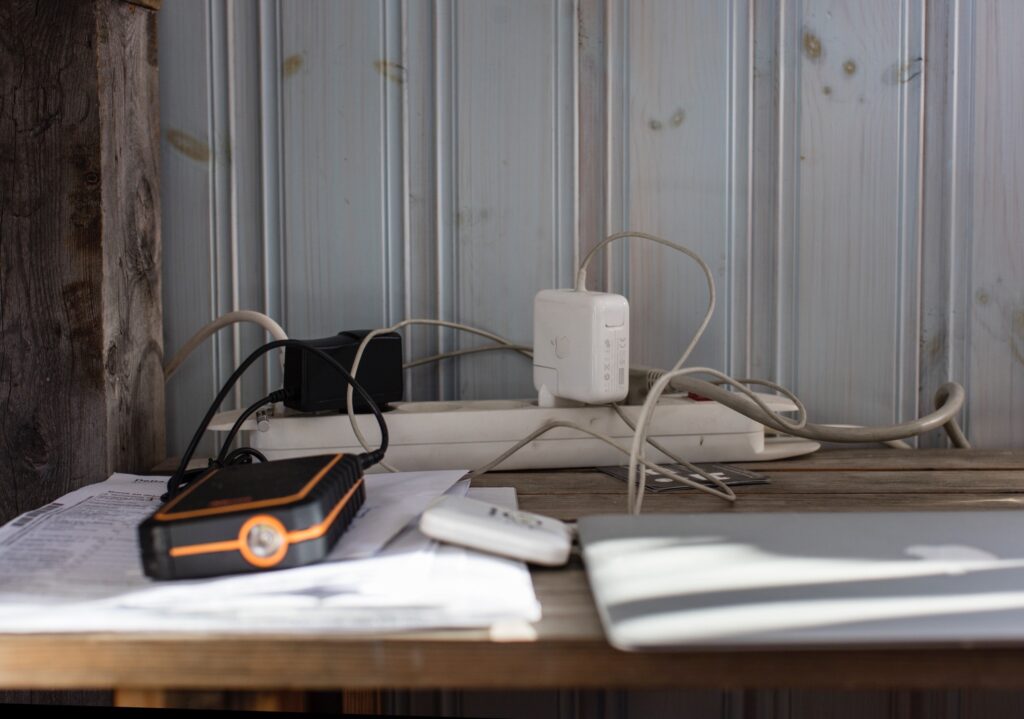
For our basic needs and daily work we have a little petroleum generator, which can provide 2 kW of power supply. It’s quite economic- it uses approx 0.5 – 1 litre fuel per hour, and it means it costs us up to 15 SEK per hour in our work. So you have to plan carefully what you are going to spend your money on and which tasks are the highest priority on your “to do” list. Some days we run it for 2-4 hours at a time , some days we don’t use the generator. The risk with this generator is not only the environmental impact or the cost of fuel , but you always have to be prepared that sometimes it just doesn’t want to start… then you have to go through a maintenance list – probably it’s time to change the engine oil, clean the fuel / air filter or you just spend time on finding “how to fix it” youtube videos… anyway, it has served us for a long time now …
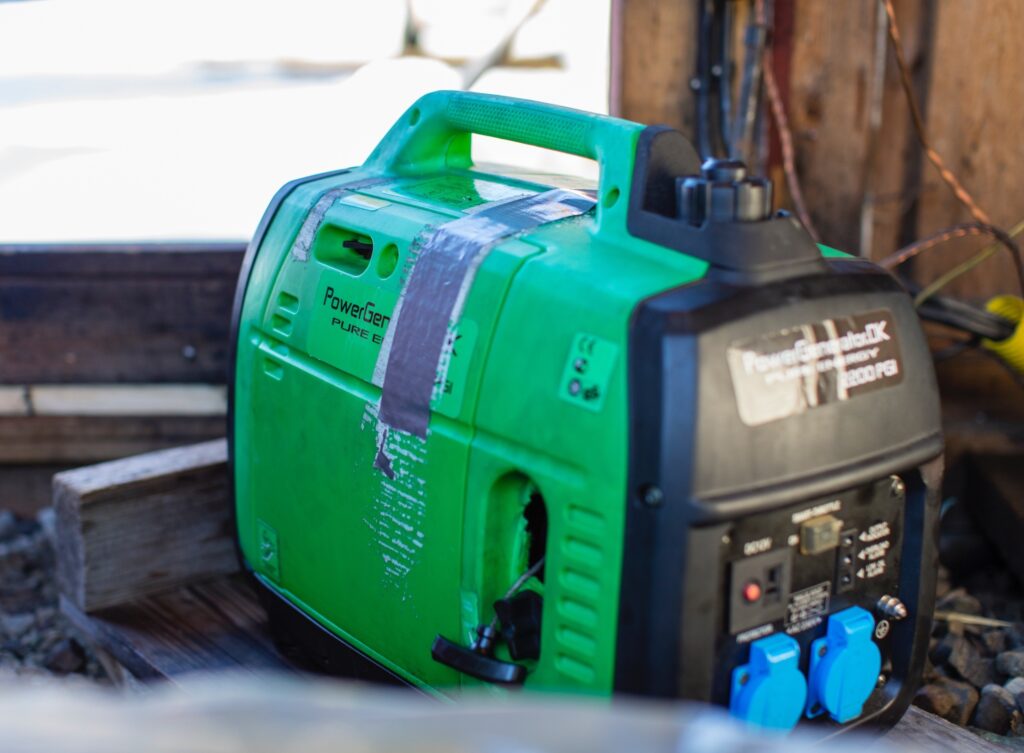
20 years old solar system – still usable for charging electric devices.
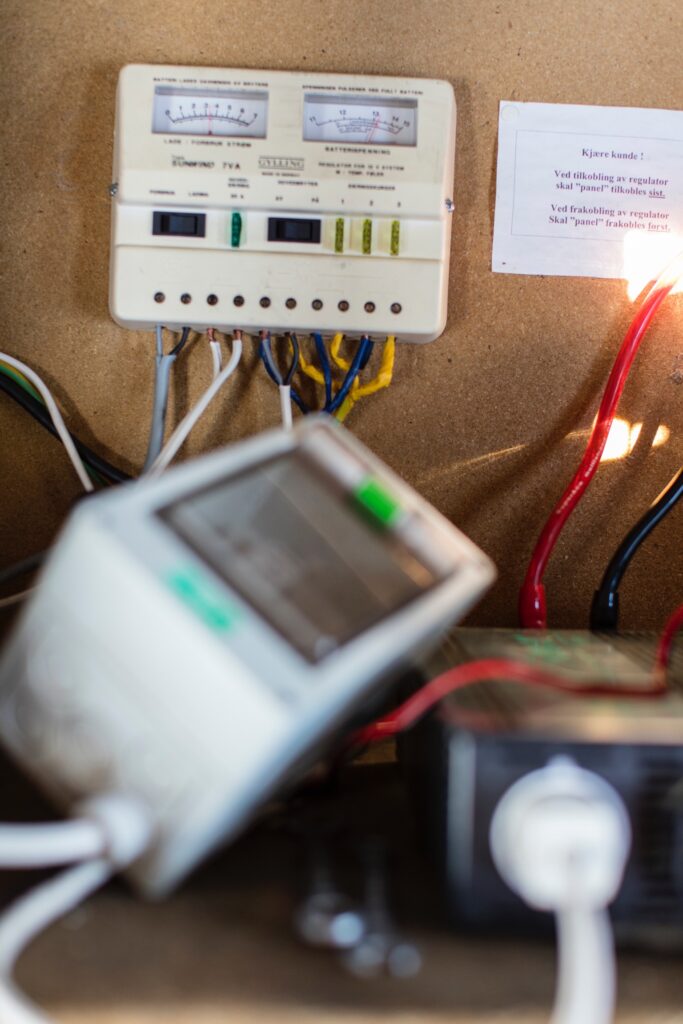
Yes – we have actually a progressive technology implemented on our property and the principle of generating electricity from solar energy hasn’t changed for many years. But our old solar system is so outdated and inefficient as well as the battery storage bank has no capacity left after those 20 years… But still, using what we have available and adding the tractor start battery instead of the old ones helps us to use the solar energy for charging our electric devices like phones, iPad, small power banks, mobile broadband router and even more. We have also some lights in the house running on 12 volts and a 12 volt water pump used for circulation of the water in one of the houses in the summer period.
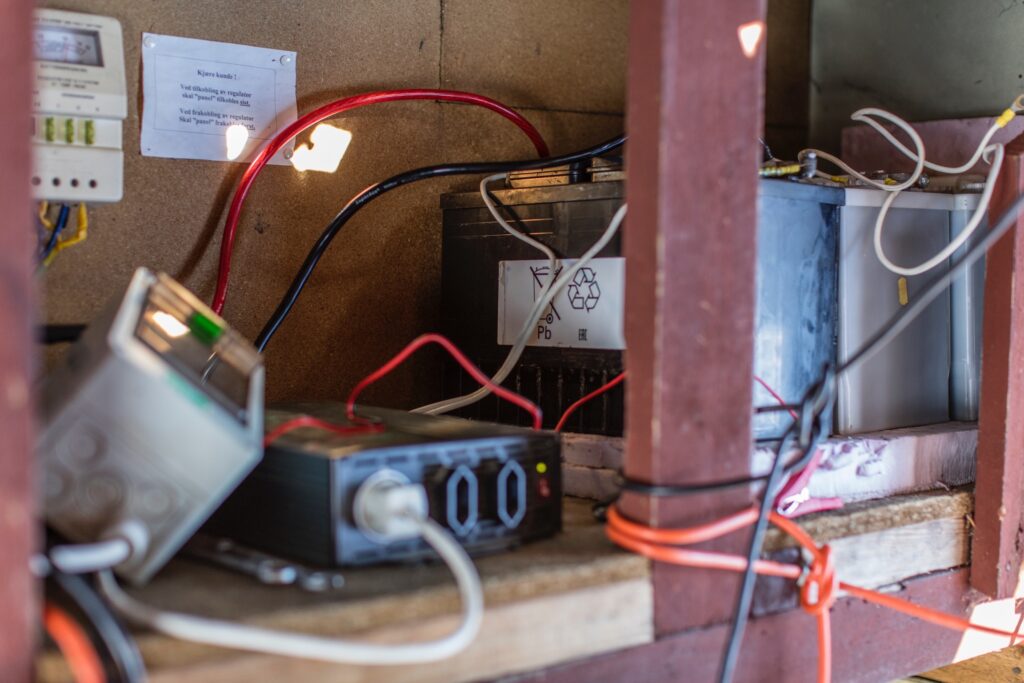
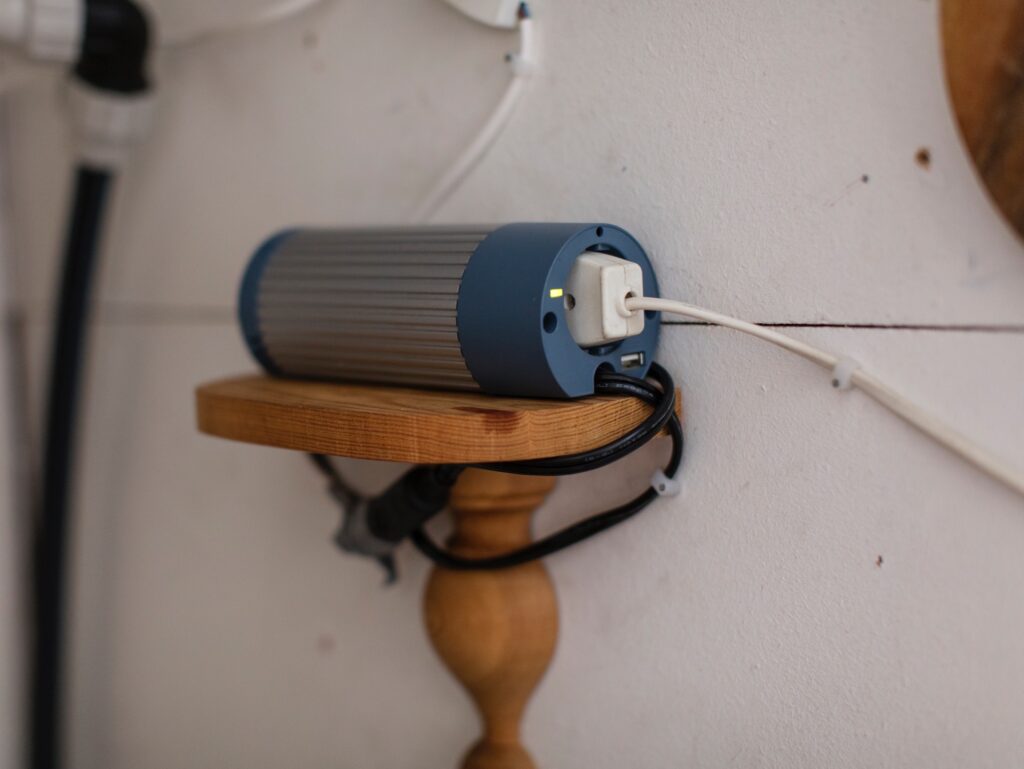
Electric dream – independent off grid sustainable energy production (at least for 8-9 months per year)
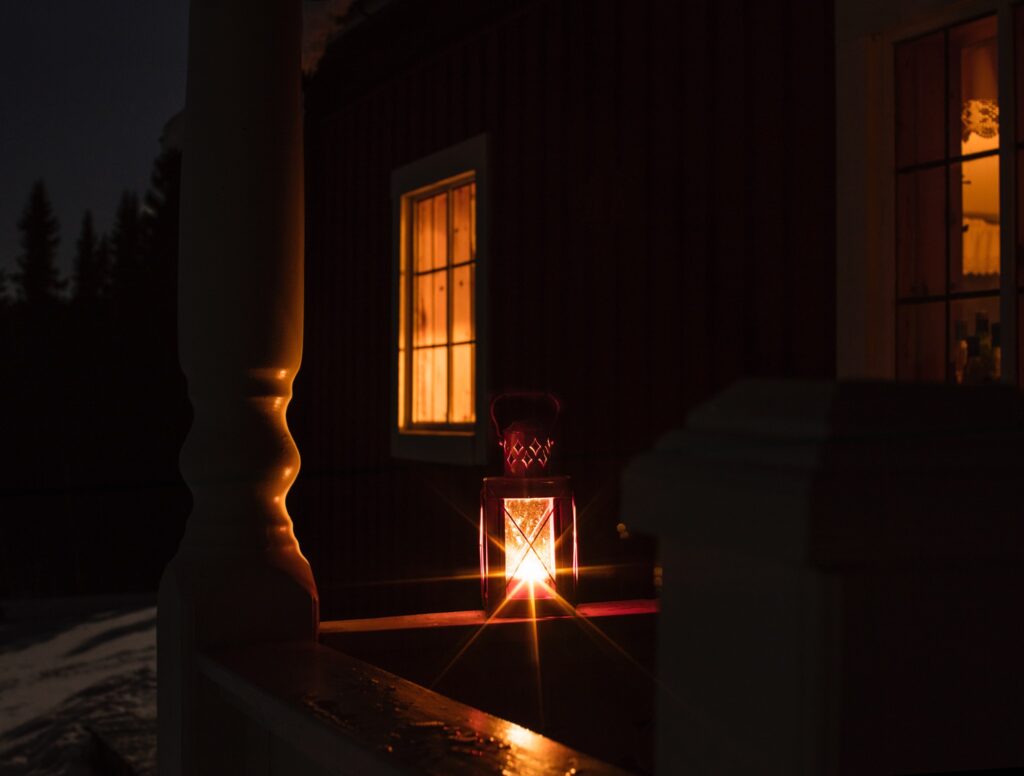
Any “electric” dream can be fulfilled by the existing technology and you can find many producers of the “off grid” solar systems of any size and needs. There are lots of smart “plug in and play” products in many funny designs and configurations. All of those things are not that cheap. We may also start from a smaller system covering the absolute minimum of our need in electric power- computer and equipment we need for our work, as well if possible including a smaller refrigerator and water pump. I can also assemble the system by my self , but still the cost of the system with quality parts together with the reasonable battery storage capacity starts from 20- 25.000 SEK (2.500 euros). In comparison to the “dream off grid system” , covering all the needs of our property, which may cost 150- 200.000 SEK ( or up to 20.000 euros). Plus cost of help from the professional electrician and cost of the newer and fuel consumption efficient generator to be used in winter period, where the solar panels can’t produce needed energy. Anyway – the cost is much lower than the cost to be connected to the local grid system – remember that the energy company required 390.000 SEK just for connection to the “end of our property “ ! And of course afterwards the cost of electricity distribution and other subscription fees and cost for the used electricity itself….
Any solution and configuration requires money. But we are glad that we have some job opportunities this period, so we can invest in the smaller solar system – still this feels like a great “upgrade “ in our daily life.
Orest has written this blog and Lykke will tell about what has happen in our life last few months in her next blog.
